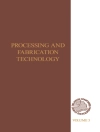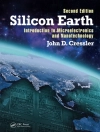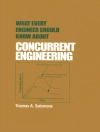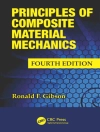In this work, we study numerical issues related to a common mathematical model which describes ferromagnetic materials, both in a stationary and non- stationary context. Electromagnetic effects are accounted for in an extended model to study nonstationary magneto-electronics. The last part deals with the numerical analysis of the commonly used Ericksen-Leslie model to study the fluid flow of nematic liquid crystals which find applications in display technologies, for example. All these mathematical models to describe different microstructural phe- nomena share common features like (i) strong nonlinearities, and (ii) non- convex side constraints (i.e., I m I = 1, almost everywhere in w C JRd, for the order parameter m : w -+ JRd). One key issue in numerical modeling of such problems is to make sure that the non-convex constraint is fulfilled for computed solutions. We present and analyze different solution strategies to deal with the variational problem of stationary micromagnetism, which builds part I of the book: direct minimization, convexification, and relaxation using Young measure-valued solutions. In particular, we address the following points: * Direct minimization: A spatial triangulation ‘generates an artificial exchange energy contribution’ in the discretized minimizing problem which may pollute physically relevant exchange energy contributions; its minimizers exhibit multiple scales (with branching structures near the boundary of the ferromagnet) and are difficult to be computed efficiently. We exploit this observation to construct an adaptive scheme which better resolves multiple scale structures (cubic ferromagnets).
Andreas Prohl
Computational Micromagnetism [PDF ebook]
Computational Micromagnetism [PDF ebook]
购买此电子书可免费获赠一本!
语言 英语 ● 格式 PDF ● ISBN 9783663094982 ● 出版者 Vieweg+Teubner Verlag ● 发布时间 2013 ● 下载 3 时 ● 货币 EUR ● ID 6352738 ● 复制保护 Adobe DRM
需要具备DRM功能的电子书阅读器












